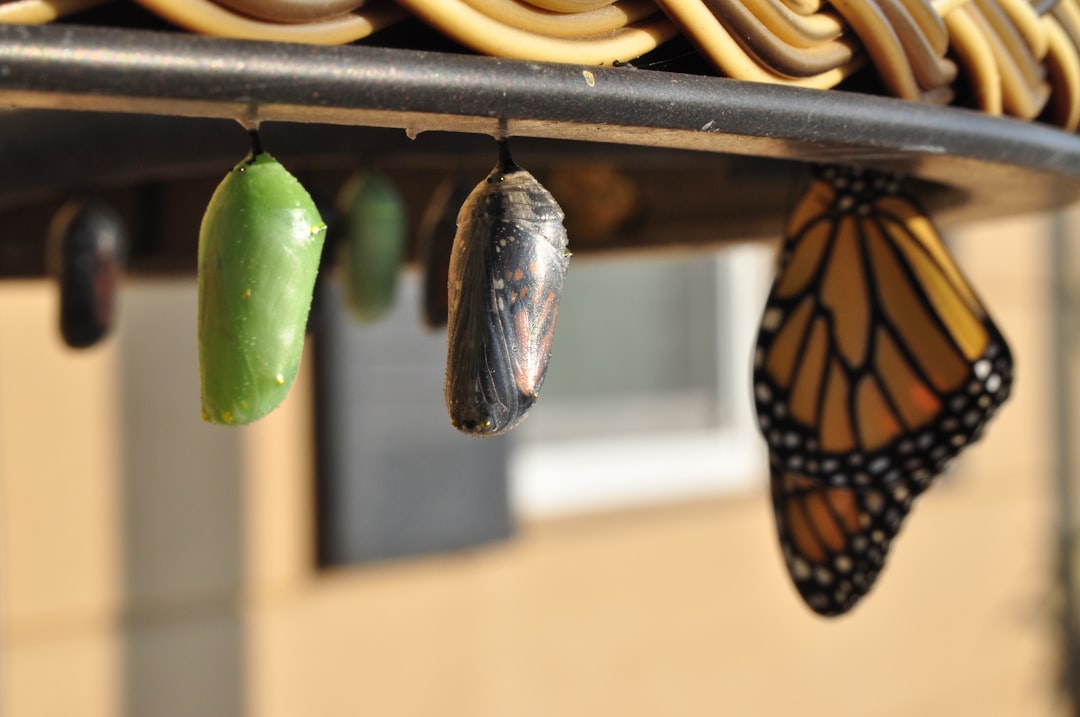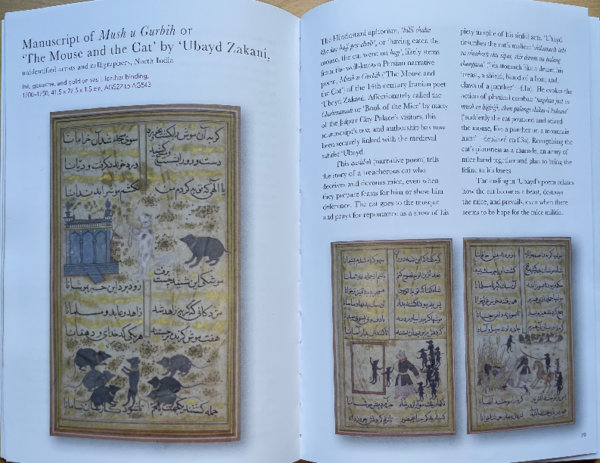From deserts to mountains, kings’ courts to dervish lodges, Persian narrative poetry is filled with epic journeys that are more than mere travels from one place to another. These are odysseys of transformation—where heroes, lovers, seekers, and sages embark on physical paths that mirror their inner evolution. In these works, the road is a metaphor, and the journey is both outward and inward.
Whether it’s Rostam venturing into darkness in Ferdowsi’s Shahnameh, the birds crossing seven valleys in Attar’s Conference of the Birds, or the Sufi pilgrim wandering in search of Truth, Persian literature treats movement through space as symbolic of movement through the soul.
The Epic Path: Trial and Triumph in the Shahnameh
Ferdowsi’s Shahnameh (The Book of Kings), the great Persian epic, is filled with literal journeys—military campaigns, missions to foreign lands, and exile. But many of these outward adventures are reflections of an internal struggle. Consider Rostam’s “Seven Labors” (Haft-Khan), where he must pass through dangerous trials to rescue the captured King Kay Kavus. Each stage tests not only his strength but also his wisdom, endurance, and judgment.
These quests echo a deeper truth: that heroism isn’t just about slaying dragons—it’s about facing the monsters within.
The Spiritual Quest: Conference of the Birds
If Ferdowsi's characters move through the physical world, Attar’s birds journey through the metaphysical. In The Conference of the Birds, the hoopoe—a symbol of spiritual guidance—calls all birds to seek the Simurgh, the divine king.
Their path leads them through seven symbolic valleys: Quest, Love, Knowledge, Detachment, Unity, Bewilderment, and finally, Annihilation of the Self. Each valley is a stage in spiritual purification. By the end, only thirty birds remain—and when they reach the throne of the Simurgh, they see only themselves reflected back. The divine, Attar tells us, was within all along.
This is the quintessential Sufi journey: not from city to city, but from the self to the Self.
Nizami’s Romantic Quests: Love as Transformation
Nizami Ganjavi’s narrative poems like Khosrow and Shirin, Layla and Majnun, and Haft Paykar are filled with passionate lovers whose journeys shape their destinies.
In Layla and Majnun, Qays’s descent into madness—his abandonment of society and retreat into the desert—is not just about unrequited love. It’s a transformation of identity. In his suffering, Majnun becomes a mystic, shedding the illusions of the world. His love becomes a spiritual path, echoing the Sufi idea that intense earthly love can lead to divine realization.
Similarly, in Haft Paykar, the hero Bahram Gur travels through seven pavilions, each associated with a different color and storytelling princess. Each tale reveals a moral or spiritual insight. His journey through these symbolic chambers is a pilgrimage toward becoming a just ruler.
Physical Movement as Inner Growth
In Persian narrative poetry, the connection between movement and meaning is clear: physical displacement often signifies moral or spiritual progress. A desert may test the body, but also the soul. A mountain may hide a hermit, but also a lesson.
Even when the characters fail or fall—like Sohrab dying at the hand of his father Rostam—the journey itself reveals deeper truths: of identity, fate, and the price of ignorance.
The Modern Relevance
Today, these metaphorical journeys still resonate. Whether it’s personal growth, healing from trauma, or seeking deeper meaning, we all embark on quests of transformation. The Persian literary tradition reminds us that the path may be long, and the valleys deep, but every step has the potential to reshape who we are.
Final Thought
Persian narrative poetry teaches that no journey is wasted. The hero may return home changed, the lover may perish in longing, the mystic may vanish into divine light—but in every case, the journey itself is the teacher.
The road may be long, but it is holy. And in walking it, we become who we truly are.





